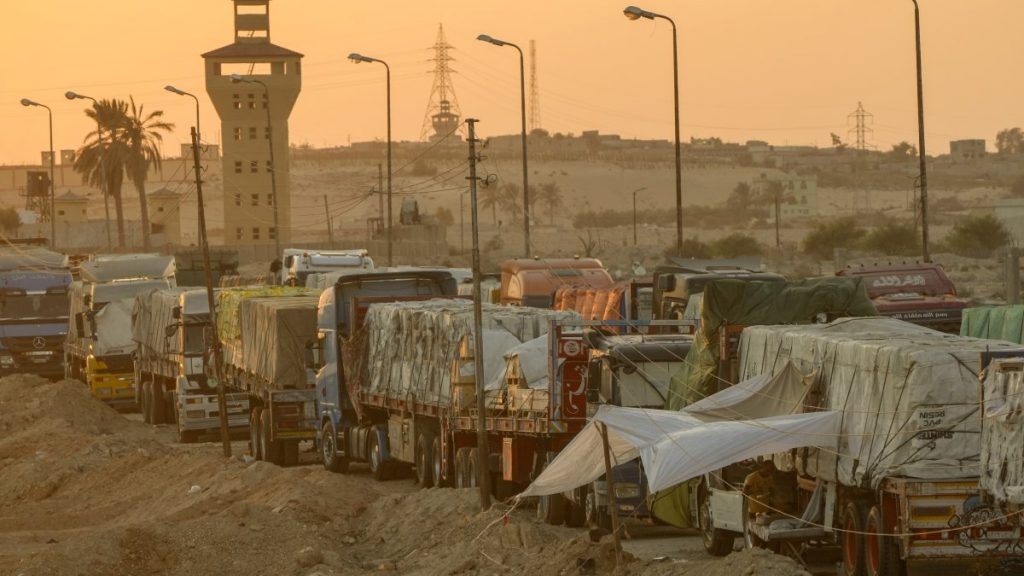Paving the Way for Humanitarian Aid
Egypt is finalizing preparations to reopen the Rafah border crossing with Gaza, according to security sources. This move aims to facilitate the entry of humanitarian aid into the Gaza Strip, addressing the critical needs of its residents. Efforts are underway on both sides of the border to ensure the smooth passage of aid trucks, with dozens already positioned for immediate transfer.

Cease-Fire Brings Hope
The reopening of the Rafah crossing comes in the wake of a tentative cease-fire agreement between Israel and Hamas. The truce, expected to last 42 days, includes provisions for the release of 33 hostages held by Hamas and the freedom of hundreds of Palestinian prisoners from Israeli jails. The timeline for the cease-fire, initially set to begin on Sunday, remains uncertain.
Dire Humanitarian Conditions in Gaza
The humanitarian situation in Gaza is dire. Over 90% of the region’s 2 million residents face severe hunger due to the ongoing blockade and repeated attacks. According to U.N. figures, there is a critical shortage of food, clean water, emergency shelters, and medicines. The World Food Programme (WFP) has called for unrestricted access to deliver 80,000 tons of food currently waiting outside Gaza, sufficient to support over 1 million people for three months.
Also Read: The Human Crisis: From a Generation Who Refuses to Stay Silent
Challenges Ahead
Despite these efforts, obstacles remain. Khaled Zayed, head of the Egyptian Red Crescent in North Sinai, confirmed that no aid passed through the Kerem Shalom crossing on Friday, as it remains closed. Additionally, Israel’s occupation of the Rafah border on the Palestinian side last year complicates efforts to ensure consistent aid delivery.
The reopening of Rafah offers a glimmer of hope, but the path to sustained relief for Gaza’s residents requires continued international cooperation and pressure for unfettered access to humanitarian aid.















